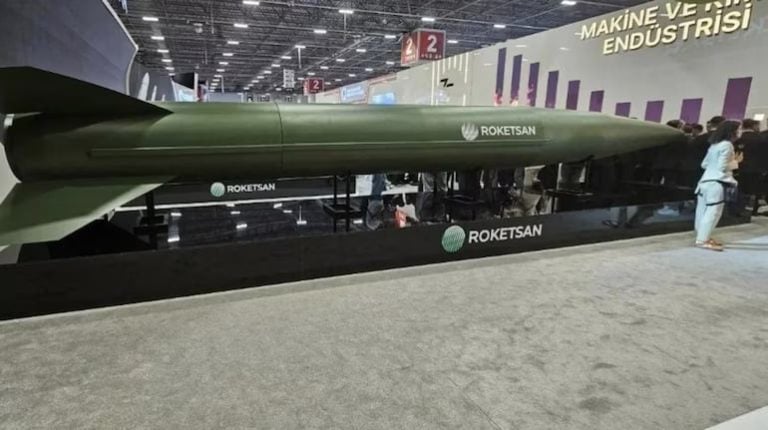The Siliguri Corridor, often referred to as India’s “Chicken Neck,” is a crucial 20–25 kilometer stretch of land that links mainland India to its eight northeastern states: Arunachal Pradesh, Assam, Meghalaya, Mizoram, Manipur, Nagaland, Tripura, and Sikkim. Nestled between Nepal, Bhutan, and Bangladesh, it serves as a geopolitical linchpin, crucial for India’s internal connectivity and sovereignty. With rising border tensions and increasing Chinese influence in the region, the corridor has become a focal point of India’s security considerations, as disruptions here could undermine the military and logistical cohesion of the northeastern states.
The corridor’s strategic vulnerability first materialized during the 1947 Partition of British India, when the establishment of East Pakistan (now Bangladesh) severed eastern Bengal from India. Although the 1971 Indo-Pak War and Bangladesh’s subsequent independence improved some access issues, they also brought challenges as China strengthened its ties with Dhaka. Over the years, India has invested significantly in military infrastructure and civilian development projects in the corridor to prevent geopolitical isolation of its northeastern states. However, the corridor’s narrow geography continues to pose a significant risk.
Geographically, the Siliguri Corridor functions as India’s lifeline to its northeast, facilitating critical movements of goods, military assets, and energy supplies. It serves as the main logistics artery for the region, where all major rail lines, oil pipelines, and power transmission routes converge. Any disruption or blockade in the corridor could isolate India’s northeastern states from the mainland, creating both logistical nightmares and threats to national integrity.
From a Chinese perspective, the Siliguri Corridor represents an opportunity for leverage over India. The Chinese Western Theatre Command, stationed in Tibet, is equipped with highly trained troops and advanced weaponry. Historical instances, such as the 2017 Doklam standoff, highlight how China has attempted to exert influence over this vital corridor. Recent infrastructure upgrades in Tibet and interest in dual-use facilities in Bangladesh, notably Lalmonirhat airbase, signify a strategic move to encircle and apply pressure on the corridor.
China’s military doctrines target chokepoints like the Siliguri Corridor, viewing them as high-value vulnerabilities. The People’s Liberation Army (PLA) adapts an “Active Defense” principle, prioritizing pre-emptive strikes against perceived threats. By exploiting the corridor’s fragility, Beijing looks to apply asymmetric pressure on India, potentially neutralizing Indian logistical capabilities without engaging in full-scale warfare.
The vulnerabilities of the Siliguri Corridor are compounded by the demographic pressure in the region. Over 1.5 million people inhabit this densely populated area, where ethnic tensions and grievances could be manipulated by adversaries, leading to destabilization. India has started addressing these vulnerabilities through enhanced military readiness, including mobilizing the Trishakti Corps, and improving infrastructure. Projects like the Shillong-Silchar Expressway and the Sevoke-Rangpo railway line are underway to establish alternative routes into the northeastern states.
Bhutan plays a critical role in this security calculus. Historically, India has maintained strong defense ties with Bhutan, acting as a buffer against Chinese advances. However, China’s continued interest in negotiating territorial concessions in Bhutan raises concerns about maintaining India’s strategic advantages in the area.
The implications of the competition for the Siliguri Corridor extend beyond India and China, impacting regional stability. Actions taken against the corridor could incite broader international attention, drawing in allies like the United States, Japan, and Australia. Bangladesh’s increasing collaboration with China poses an additional risk, potentially putting India in a precarious situation.
As India grapples with the challenges posed by these geopolitical dynamics, it must strengthen both its physical and digital surveillance capabilities. Enhancing joint military exercises with Bhutan and Bangladesh and fast-tracking infrastructure projects that diversify access to the northeast are essential in countering China’s Silk Road strategy.
In summary, the Siliguri Corridor is more than a geographical link; it represents India’s strategic lifeblood to its northeastern states. With Chinese encirclement strategies and dual-use infrastructure encroaching, India faces potential crises rooted not only in overt conflict but also in hybrid threats such as misinformation, insurgency, and cyberattacks. Addressing these challenges will require a coordinated response that integrates military preparedness, technological resilience, and strategic diplomacy to secure this vital region.



















